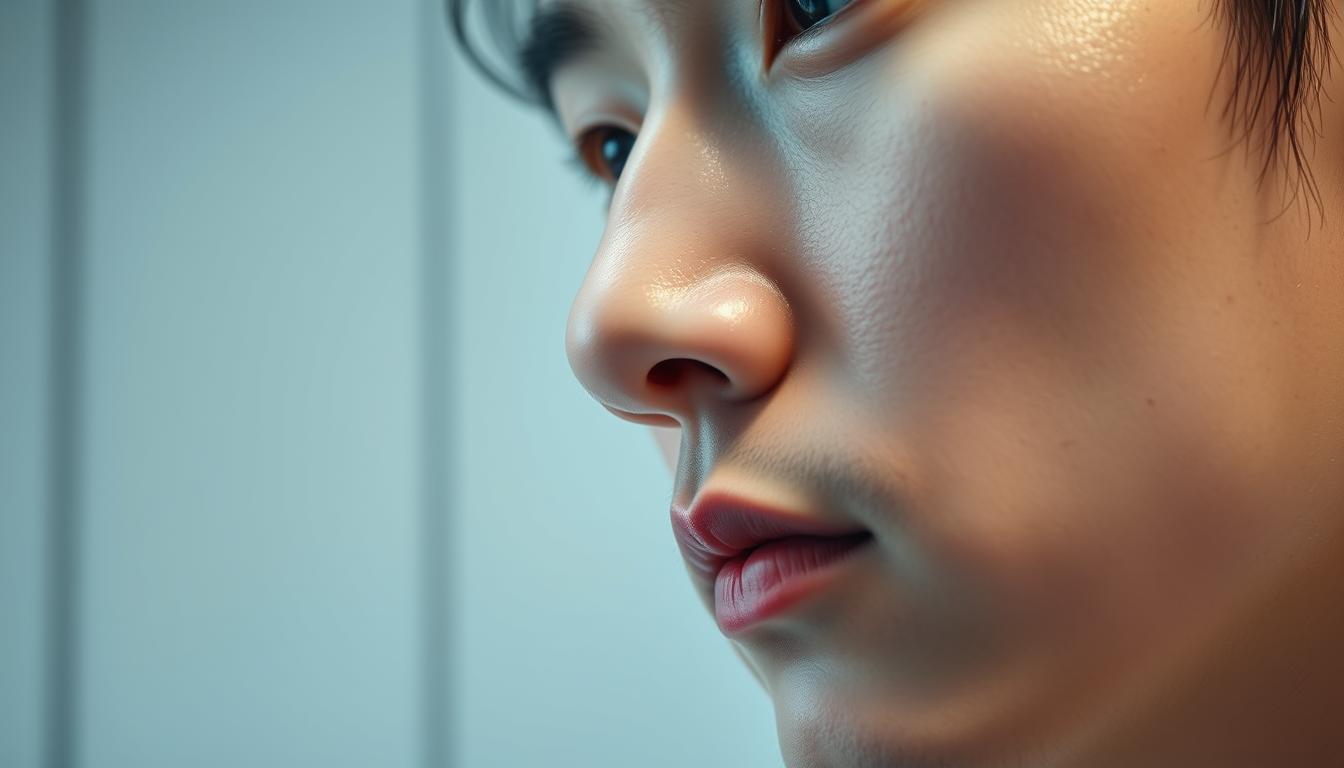South Korea has emerged as a global hub for rhinoplasty, attracting individuals seeking top-notch nose surgery with competitive pricing and advanced surgical techniques. The desire for a perfect nose has led many to consider this transformative procedure. With its reputation for excellence in plastic surgery, Korea offers a unique combination of expertise and affordability.
The country’s rhinoplasty procedures are gaining popularity worldwide, with patients drawn to the high-quality care and state-of-the-art facilities. As a result, Korea has become a preferred destination for those seeking nose surgery. The cost of rhinoplasty in Korea is a significant factor, with prices competitive compared to other countries, particularly the United States.
Key Takeaways
- Comprehensive overview of rhinoplasty costs in Korea.
- Factors influencing the pricing of rhinoplasty procedures in Korea.
- Comparison of rhinoplasty costs in Korea and other countries.
- Insights into additional costs beyond surgery, including travel and accommodation.
- Information on plastic surgery procedures available in Korea.
Understanding Rhinoplasty in Korea
The realm of rhinoplasty in Korea is characterized by innovation, expertise, and a commitment to achieving natural-looking results. Korean plastic surgeons have made significant contributions to the field, enhancing the country’s reputation as a global hub for cosmetic surgery.
What is Rhinoplasty?
Rhinoplasty, commonly known as a nose job, is a surgical procedure aimed at reshaping the nose to improve its appearance or function. This plastic surgery can address various concerns, including the size, shape, and proportions of the nose, as well as breathing difficulties.
The procedure involves modifying the bone and cartilage structure of the nose to achieve the desired outcome. With advancements in techniques and technology, rhinoplasty has become a highly effective and safe procedure.
Why Korea is a Global Hub for Rhinoplasty
Korea’s emergence as a global leader in rhinoplasty can be attributed to several factors. The country’s surgeons are highly skilled and renowned for their expertise in creating natural-looking results that complement Asian facial features.
- South Korea has cutting-edge medical technology and innovative surgical techniques, making it an attractive destination for patients seeking high-quality rhinoplasty.
- The country’s robust medical infrastructure, particularly in Seoul’s Gangnam district, provides state-of-the-art facilities for patients.
- Korea’s cultural emphasis on aesthetic enhancement drives continuous advancement in rhinoplasty techniques, with surgeons regularly participating in international conferences and research.
The combination of high-quality care, competitive pricing, and specialized expertise has established Korea as the destination of choice for patients seeking rhinoplasty from around the world, further enhancing its reputation in the field of plastic surgery.
Types of Rhinoplasty Procedures in Korea
Rhinoplasty in Korea encompasses a wide array of surgical techniques, from basic reshaping to complex reconstructive surgeries. This diversity allows patients to choose procedures that best suit their needs and expectations.
Basic Nose Reshaping
Basic nose reshaping is a fundamental rhinoplasty procedure that involves modifying the nasal structure to achieve a more aesthetically pleasing shape. This surgery can address issues such as a dorsal hump or a bulbous tip. The procedure typically involves reshaping the cartilage and bone to create a more harmonious nasal profile.
Tip Plasty
Tip plasty is a specialized rhinoplasty surgery focusing on the nasal tip. It aims to refine the tip’s shape, size, and orientation, enhancing the overall appearance of the nose. Surgeons may use various techniques, including cartilage grafting, to achieve the desired outcome.
Alar Reduction
Alar reduction is a procedure that involves reducing the size of the nostrils to achieve better nasal proportion. This surgery is often performed in conjunction with other rhinoplasty procedures to ensure a balanced nasal appearance. The goal is to create a more symmetrical and aesthetically pleasing nose.
Advanced Reconstructive Procedures
Advanced reconstructive rhinoplasty procedures in Korea address complex nasal deformities, significant structural issues, or unsatisfactory results from previous surgeries. These sophisticated techniques often utilize autologous materials such as rib cartilage grafts to rebuild the nasal framework, providing strong structural support and long-lasting results.
| Procedure | Description | Key Techniques |
|---|---|---|
| Basic Nose Reshaping | Modifying nasal structure for aesthetic purposes | Cartilage and bone reshaping |
| Tip Plasty | Refining the nasal tip’s shape and size | Cartilage grafting |
| Alar Reduction | Reducing nostril size for better proportion | Nostril reshaping |
| Advanced Reconstructive Procedures | Addressing complex nasal deformities and structural issues | Rib cartilage grafting, osteotomies |
For more complex procedures, including significant reshaping, structural adjustments like altering the nasal bone, or using implants or autologous materials (such as rib cartilage), costs can escalate. These intricate surgeries may range anywhere from 5,000,000 won ($4,300 USD) to over 15,800,000 won ($14,000 USD), depending on the procedure’s complexity and the materials used.
How Much is Rhinoplasty in Korea: Price Breakdown
When considering rhinoplasty in Korea, patients must take into account the various costs associated with the procedure. The final expense can be influenced by several factors, including the type of rhinoplasty, the clinic’s reputation, and the surgeon’s expertise.
Basic Rhinoplasty Costs
The cost of basic rhinoplasty procedures in Korea can range widely, typically falling between 3 million to 6 million KRW (approximately $2,100 to $4,200 USD), depending on the complexity of the operation and the clinic’s facilities.
Basic rhinoplasty encompasses procedures such as nose reshaping and tip plasty, which are generally less expensive than more complex surgeries.
Advanced Procedure Pricing
Advanced rhinoplasty procedures, including reconstructive surgeries or revision rhinoplasty, can be significantly more costly, ranging from 6 million to 12 million KRW ($4,200 to $8,400 USD) or more.
These procedures often require more sophisticated techniques and a higher level of expertise, contributing to the increased cost.
Currency Exchange Considerations
International patients should also factor in currency exchange rates when calculating the total cost of their rhinoplasty in Korea.
- Exchange rates can fluctuate daily, potentially affecting the total cost by hundreds or even thousands of dollars.
- Many premium Korean clinics offer payment options in major currencies like USD, EUR, or JPY, helping to mitigate exchange rate risks.
- Patients should research current exchange rates and consider using specialized forex services for large transfers.
- Discussing payment options with the chosen clinic can also help optimize financial planning.
As of 2025-05-07, the exchange rate stands at 1 KRW = 0.0007 USD, highlighting the importance of staying informed about current rates to make an informed decision.
Factors Affecting Rhinoplasty Costs in Korea
Understanding the factors that influence rhinoplasty costs in Korea is crucial for potential patients. The overall expense can be significantly impacted by several key elements.
Surgeon’s Expertise and Reputation
The expertise and reputation of the surgeon play a significant role in determining the cost of rhinoplasty. Surgeons with extensive experience and a strong reputation for successful outcomes typically charge higher fees. Their expertise can significantly impact the success and safety of the procedure, making the additional cost worthwhile for many patients.
Clinic Location and Facilities
The location and facilities of the clinic are also important factors. Clinics located in major cities like Seoul may have higher prices due to increased operational costs. Additionally, clinics equipped with advanced technology and luxurious amenities may charge more for their services, reflecting the high standard of care provided.
Procedure Complexity
The complexity of the rhinoplasty procedure is a primary determinant of its cost. Procedures can range from simple aesthetic refinements to complex reconstructive surgery requiring advanced techniques. For instance:
- Simple aesthetic refinements, such as minor tip modifications or small hump reductions, typically cost less.
- Surgeries requiring advanced techniques like cartilage grafting or osteotomies command higher prices due to their complexity.
- Patients with challenging nasal anatomy or previous unsuccessful surgeries often face higher costs due to the increased surgical planning and specialized techniques required.
The need for harvesting autologous materials, such as cartilage from the septum, ear, or rib, can also increase the procedure’s complexity and cost.
Top Rhinoplasty Clinics in Korea
For individuals considering rhinoplasty, Korea stands out as a premier destination, boasting top-tier clinics that offer exceptional surgical outcomes. The country’s advanced medical infrastructure and highly skilled surgeons have made it a global hub for rhinoplasty, attracting patients from around the world.
THEPLUS Plastic Surgery
THEPLUS Plastic Surgery is a leading clinic in Korea known for its expertise in rhinoplasty procedures. With a team of experienced surgeons, the clinic offers personalized treatment plans tailored to each patient’s unique needs.
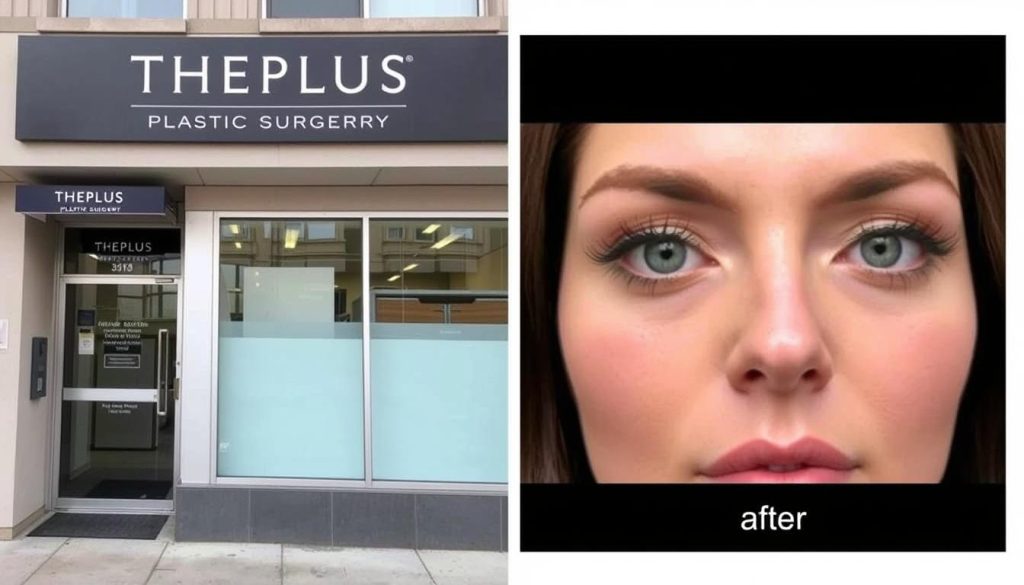
Made Young Plastic Surgery
Made Young Plastic Surgery is another prominent clinic in Korea’s rhinoplasty scene. The clinic is recognized for its innovative techniques and commitment to patient satisfaction, providing comprehensive care from consultation to post-operative recovery.
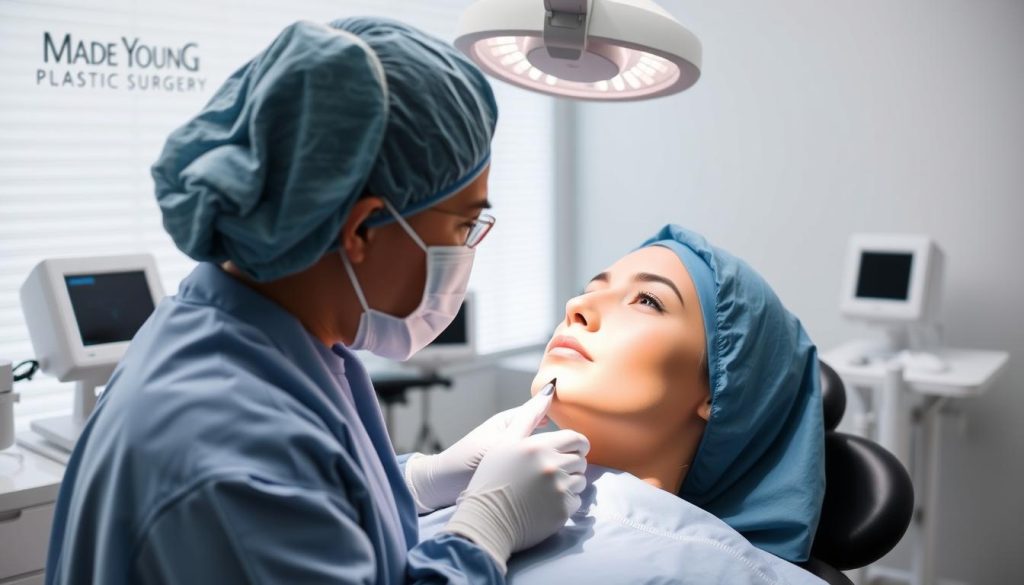
Okay Plastic Surgery Clinic
Okay Plastic Surgery Clinic has distinguished itself in Korea’s competitive rhinoplasty market through its patient-centered approach and exceptional surgical outcomes. Led by a team of specialized surgeons, including a renowned female plastic surgeon, the clinic offers diverse perspectives and techniques that benefit patients seeking rhinoplasty.
Okay Plastic Surgery provides comprehensive rhinoplasty services, including tip refinement, bridge augmentation, alar reduction, and revision procedures, all tailored to each patient’s unique facial structure. The clinic’s philosophy emphasizes creating natural-looking results that enhance the patient’s inherent beauty.
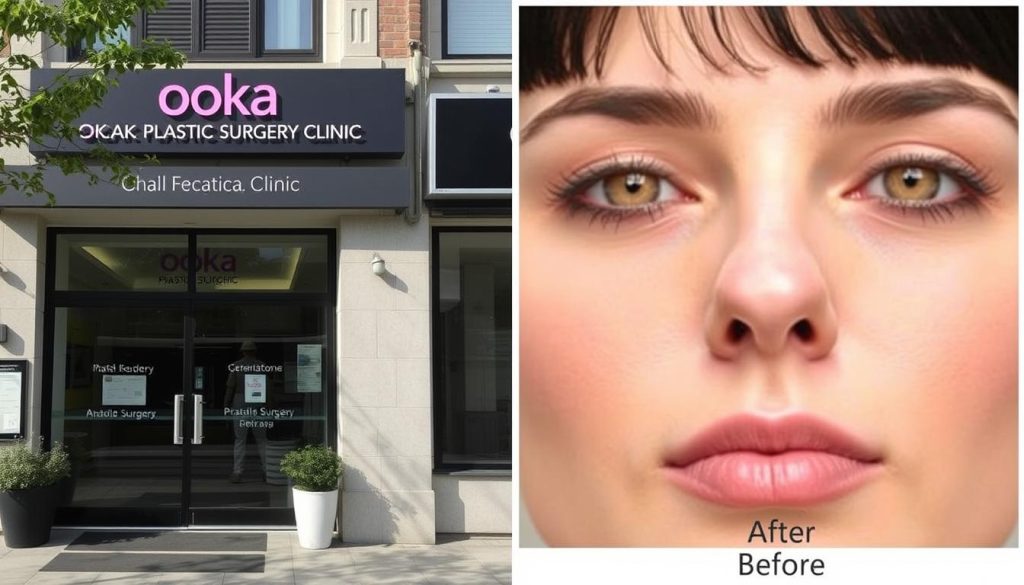
Cost Comparison: Korea vs. United States
A critical aspect of deciding on rhinoplasty is understanding the cost differences between Korea and the United States. This comparison is crucial for patients who are considering undergoing the procedure and are weighing their options between these two countries.
Average Rhinoplasty Costs in the US
The cost of rhinoplasty in the United States can vary widely, depending on factors such as the surgeon’s expertise and the complexity of the procedures. On average, the cost of rhinoplasty in the US ranges from $5,000 to $15,000. This cost typically includes the surgeon’s fee, anesthesia, and facility costs. However, additional expenses such as pre-operative consultations and post-operative care can add to the overall cost.
Why Korea Offers Better Value
Korea has emerged as a preferred destination for rhinoplasty due to its competitive pricing without compromising on the quality of care. The cost of rhinoplasty in Korea is significantly lower than in the US, with procedures typically costing 30-50% less. Several factors contribute to this cost advantage, including the high volume of patients undergoing rhinoplasty in Korea, which allows surgeons to gain extensive expertise. Additionally, the concentration of specialized clinics in Seoul creates a competitive environment that drives innovation while keeping prices reasonable.
- Korea offers exceptional value for rhinoplasty patients, with procedures costing 30-50% less than in the US.
- The significant cost savings extend across all types of rhinoplasty procedures, making advanced techniques accessible to a broader range of patients.
- Korean rhinoplasty specialists often have extensive expertise due to the high volume of procedures performed.
Overall, Korea’s combination of advanced medical technology, highly skilled surgeons, and competitive pricing makes it an attractive option for individuals considering rhinoplasty surgery korea. When factoring in the cost, expertise of the surgeons, and the quality of care, Korea presents a compelling value proposition for patients from around the world, including the united states.
Additional Costs to Consider
When considering rhinoplasty in Korea, it’s essential to factor in additional costs beyond the initial surgical quote. These supplementary expenses can significantly impact the total financial commitment for patients.
Travel and Accommodation Expenses
International patients must account for travel and accommodation costs. The expense of flights to and from Korea, as well as local transportation, can vary widely depending on the time of booking and travel class. Accommodation costs in Korea can range from budget-friendly options like guesthouses to luxury hotels, with prices varying based on location and amenities. “The total travel and accommodation expense can add a substantial amount to the overall cost of rhinoplasty,” says Dr. Kim, a renowned plastic surgeon in Seoul.
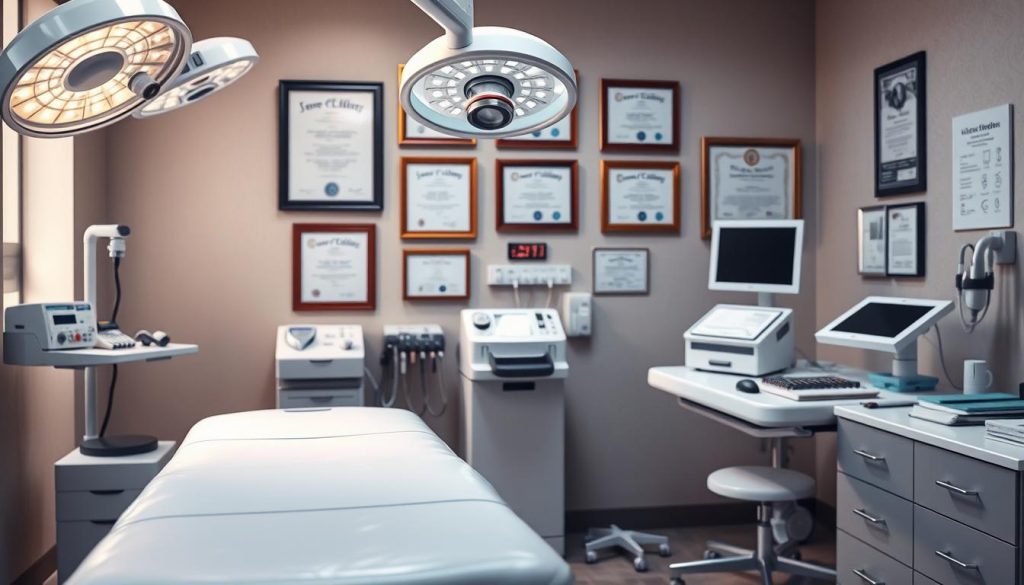
Pre-operative Consultations and Tests
Before undergoing rhinoplasty, patients typically need to attend pre-operative consultations and undergo various tests. These may include blood work, imaging studies, and other diagnostic procedures to ensure the patient’s safety during surgery. The costs for these consultations and tests can vary depending on the clinic and the specific requirements of the patient.
- Pre-operative consultations: $100-$300
- Diagnostic tests: $200-$500
Post-operative Care and Medications
Post-operative care is crucial for successful healing after rhinoplasty. This includes follow-up appointments, prescription medications for pain management and infection prevention, and specialized post-operative supplies. The cost of post-operative care can add $500-$1,000 to the total expense, depending on the complexity of the recovery process and the patient’s needs.
“Proper post-operative care significantly influences the outcome of the rhinoplasty procedure,” notes Dr. Lee, a specialist in rhinoplasty.
The total cost of rhinoplasty in Korea should be carefully calculated, taking into account all these additional expenses to ensure a smooth and successful recovery.
The Rhinoplasty Procedure in Korea
The rhinoplasty procedure in Korea is renowned for its precision, starting with an in-depth consultation to understand the patient’s needs. This careful approach ensures that the final result meets the patient’s expectations.
Pre-Surgery Consultation
Before undergoing rhinoplasty, patients participate in a comprehensive consultation to discuss their goals and the surgeon’s recommendations. This session is crucial for understanding the patient’s nasal structure and determining the best approach for the nose reshaping procedure.
During this consultation, the surgeon will explain the procedure in detail, including the techniques to be used and the expected outcomes. This is also an opportunity for the patient to ask questions and understand the care they will receive before and after the surgery.
During the Surgery
The surgery itself is performed with the utmost care, utilizing advanced techniques to reshape the nose according to the agreed-upon plan. The surgical team’s expertise ensures that the patient receives the highest standard of care throughout the process.
Immediate Post-Surgery Care
After the surgery, patients are closely monitored in a recovery area to ensure their vital signs are stable and that they are healing properly. Most Korean clinics apply external nasal splints and internal packing to support the newly shaped structures.
Patients receive detailed instructions for the first 48 hours, including guidance on head elevation, cold compress application, and medication schedules. Many premium clinics offer specialized care, such as LED therapy to reduce swelling and customized cooling masks to minimize bruising.
The patient is typically scheduled for a follow-up appointment within 24-48 hours to assess initial healing and address any concerns.
Recovery and Aftercare for Rhinoplasty
The recovery process following rhinoplasty is crucial for achieving the desired outcome and minimizing potential complications. A well-planned aftercare regimen supports the healing process, ensuring that patients achieve the best possible results from their surgery.
Timeline for Recovery
The recovery timeline for rhinoplasty can vary among individuals, but generally, patients can expect significant improvements within the first few weeks. Swelling and bruising typically peak within the first 48 hours and gradually subside over the next two to four weeks. Most patients can return to their normal activities within one to two weeks, although strenuous activities should be avoided for at least three to four weeks.
Essential Aftercare Tips
Proper care after rhinoplasty is vital for a smooth recovery and optimal results. Patients are advised to:
- Keep their head elevated at a 30-45 degree angle during the first two weeks to minimize swelling and promote drainage.
- Avoid vigorous activities, blowing their nose, and facial expressions that might exert pressure on the nose.
- Practice gentle facial care, including gentle tooth brushing and wearing front-fastening clothes.
- Use SPF30 sunscreen for sun protection to prevent discoloration.
- Follow dietary recommendations, such as avoiding sodium-rich foods and considering supplements like bromelain to minimize bruising and inflammation.
By following these care instructions and attending follow-up appointments, patients can ensure a successful recovery and achieve the desired results from their rhinoplasty procedure.
Benefits of Getting Rhinoplasty in Korea
Korea’s reputation as a global hub for rhinoplasty is built on its advanced medical infrastructure, skilled medical professionals, and patient-centric approach. The country offers a unique combination of cutting-edge technology, innovative surgical techniques, and comprehensive care that attracts patients from around the world.
Advanced Medical Technology
Korean clinics are equipped with state-of-the-art medical technology, ensuring that patients receive the most advanced and effective treatments available. From 3D simulation software to high-definition imaging, these technologies enhance the precision and outcomes of rhinoplasty procedures. The use of advanced medical technology not only improves surgical results but also streamlines the overall process, making it more efficient and comfortable for patients.
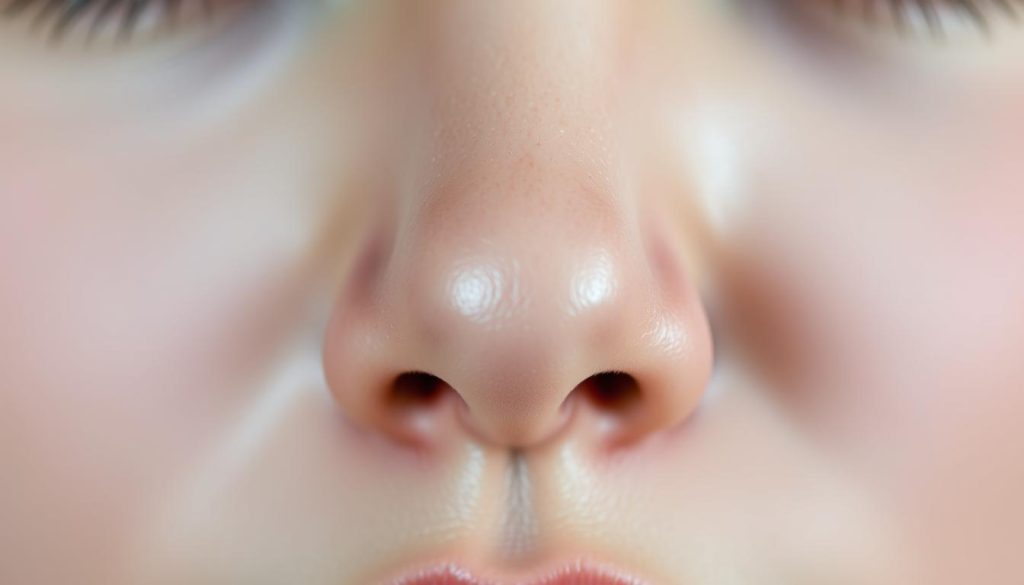
Highly Skilled Surgeons
Rhinoplasty surgeons in Korea are renowned for their expertise and experience. Many have received international training and are certified by prestigious medical boards. Their skill and artistry in performing complex rhinoplasty procedures have earned them a global reputation, attracting patients seeking high-quality care. The surgeons’ ability to tailor procedures to individual needs and preferences is a significant advantage for those considering rhinoplasty in Korea.
Comprehensive Medical Tourism Infrastructure
South Korea has developed a sophisticated medical tourism infrastructure that caters specifically to the needs of international patients undergoing rhinoplasty. Many clinics offer comprehensive packages that include airport transfers, accommodation, and sightseeing options, ensuring a hassle-free experience for patients traveling from abroad. The presence of multilingual coordinators and specialized medical visa programs further simplifies the process, making Korea an attractive destination for rhinoplasty.
| Benefits | Description |
|---|---|
| Advanced Technology | State-of-the-art equipment for precise and effective treatments |
| Skilled Surgeons | Experienced and internationally trained surgeons |
| Comprehensive Care | Packages including airport transfers, accommodation, and sightseeing |
Common Rhinoplasty Concerns and Solutions
Understanding the complexities of rhinoplasty is crucial for addressing common concerns and finding effective solutions. Patients considering rhinoplasty surgery often have numerous questions about the procedure and potential outcomes.
Addressing Different Nose Types
Different nose types present unique challenges for rhinoplasty surgeons. The shape, size, and structure of the nose can significantly impact the approach to surgery. For instance, patients with a twisted or bent nose may require more complex procedures to achieve the desired result. Surgeons must carefully assess each patient’s nasal anatomy to determine the best course of action.
The use of cartilage grafts, particularly from the rib, has become a preferred method for reconstructing the nasal framework in complex cases. This technique offers a more stable and durable solution compared to synthetic implants.
Revision Rhinoplasty Options
Revision rhinoplasty is often necessary to address complications or unsatisfactory results from previous surgeries. Common issues requiring revision include implant-related problems, asymmetry, and nasal valve collapse. Korean surgeons have developed particular expertise in revision rhinoplasty, often utilizing rib cartilage for reconstruction due to its strength and durability.
The approach to revision rhinoplasty typically involves removing problematic implants or grafts and reconstructing the nasal framework using stronger support structures. In complex cases, advanced techniques such as ear composite grafting may be employed to address severe scarring or tissue deficiency.
Making Your Decision About Rhinoplasty in Korea
The decision to undergo rhinoplasty in Korea involves careful consideration of various factors, including surgeon expertise and clinic reputation. With its cutting-edge technology and highly skilled surgeons, Korea provides an attractive option for those seeking to enhance their nose shape and overall facial appearance.
To make an informed decision, it’s crucial to conduct thorough research. This includes examining before-and-after galleries of potential surgeons to ensure their aesthetic approach aligns with your desired outcome. Prospective patients should also schedule virtual consultations with multiple clinics to compare approaches, pricing, and communication styles.
Understanding your specific nose concerns and having realistic expectations about potential improvements is vital for satisfaction with your rhinoplasty results. It’s also important to carefully evaluate your motivations for seeking rhinoplasty, ensuring you’re pursuing the procedure for personal reasons rather than external pressures.
Many individuals find that the combination of world-class surgical expertise, advanced technology, and competitive pricing makes Korea an ideal destination for achieving their rhinoplasty goals. By balancing considerations of cost savings against factors like surgeon expertise and clinic reputation, individuals can make an informed decision that meets their aesthetic desires and functional needs.
FAQ
What is the average cost of rhinoplasty surgery?
The average cost of nose surgery can vary widely depending on the complexity of the procedure, the surgeon’s expertise, and the location of the clinic. In Korea, the cost can range from ,000 to ,000.
What are the different types of nose reshaping procedures available?
There are several types of nose reshaping procedures available, including tip plasty, alar reduction, and revision rhinoplasty. Each procedure is designed to address specific concerns, such as the shape of the nasal tip or the width of the nostrils.
How long does recovery take after rhinoplasty?
The recovery time after rhinoplasty can vary depending on the individual and the complexity of the procedure. Generally, patients can expect to take around 1-2 weeks off work to rest and recover.
What are the benefits of having rhinoplasty in Korea?
Korea is known for its advanced medical technology and highly skilled surgeons. Many clinics in Korea offer comprehensive medical tourism infrastructure, making it an attractive destination for individuals seeking nose surgery.
What is revision rhinoplasty and when is it necessary?
Revision rhinoplasty is a secondary procedure that is performed to correct or revise the results of a previous rhinoplasty surgery. It is typically necessary when the initial procedure did not achieve the desired results or when complications arise.
How do I choose the right surgeon for my rhinoplasty procedure?
When choosing a surgeon for your rhinoplasty procedure, it’s essential to consider their expertise and reputation. Look for surgeons who have extensive experience in performing nose surgery and have a track record of delivering successful results.
What are the potential risks and complications associated with rhinoplasty?
As with any surgical procedure, rhinoplasty carries potential risks and complications, such as infection, scarring, and breathing difficulties. It’s crucial to discuss these risks with your surgeon and follow their instructions carefully to minimize the risk of complications.
